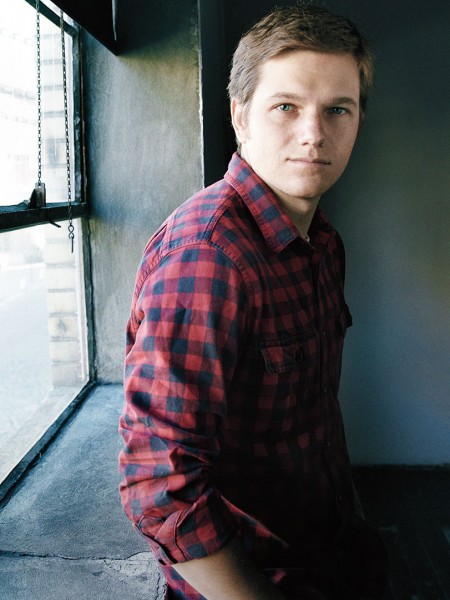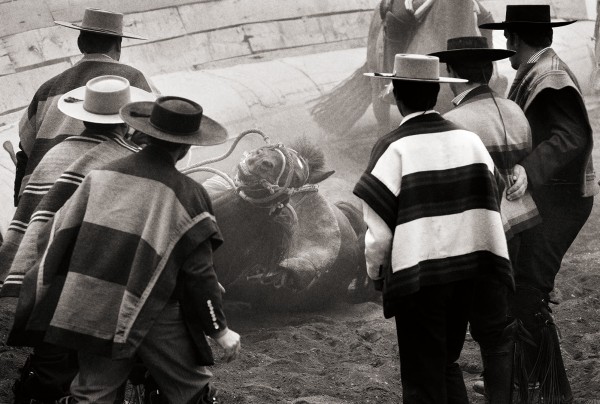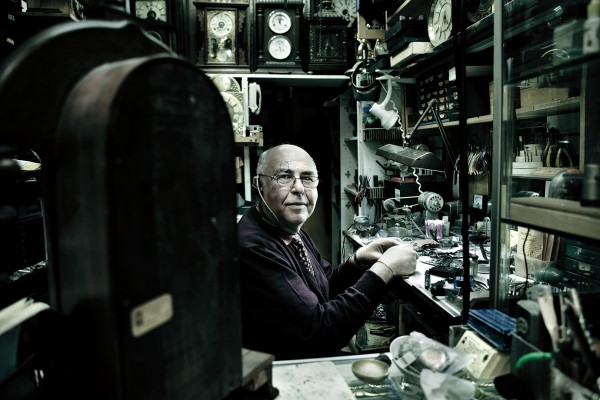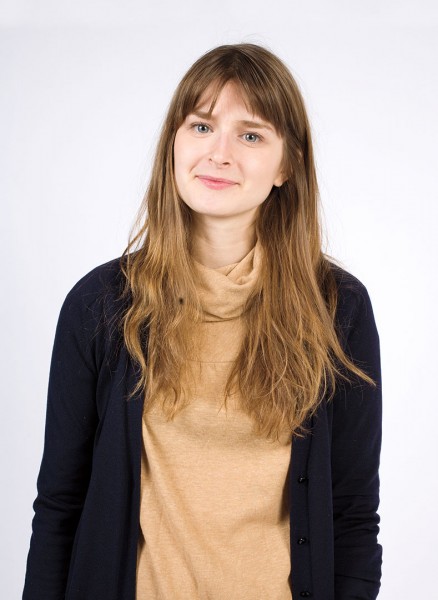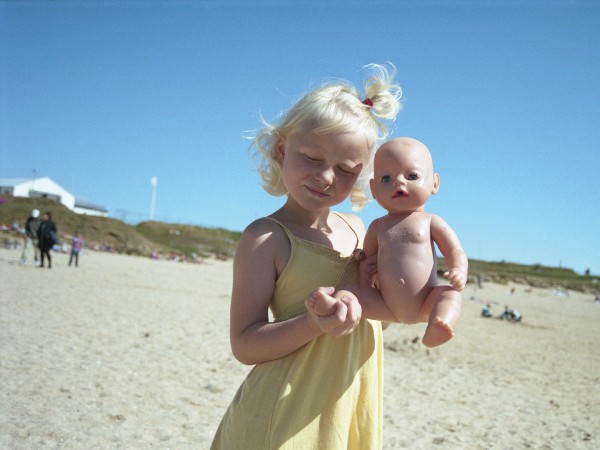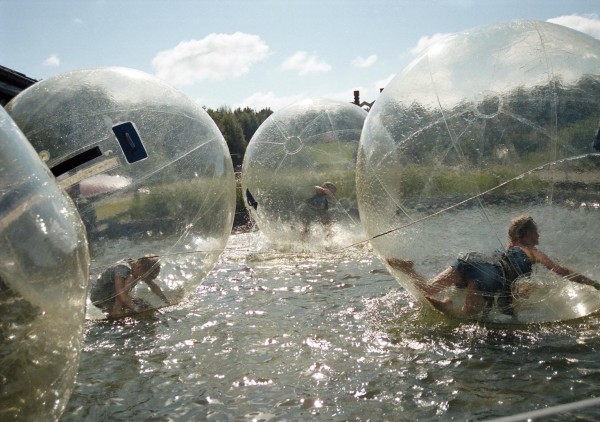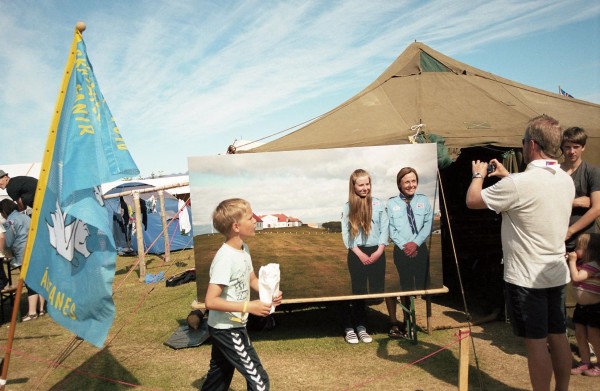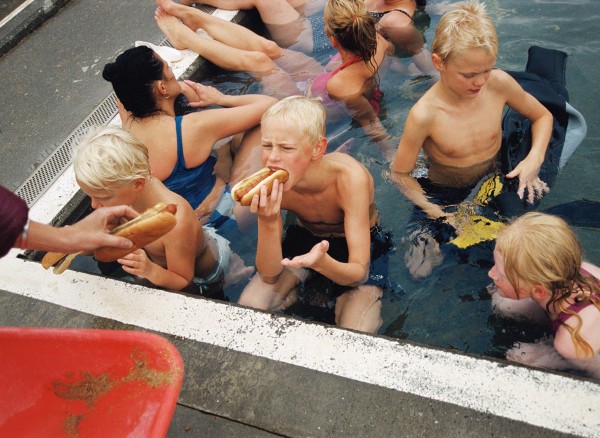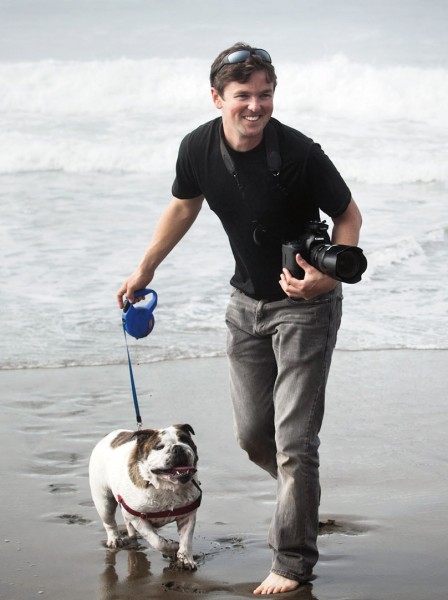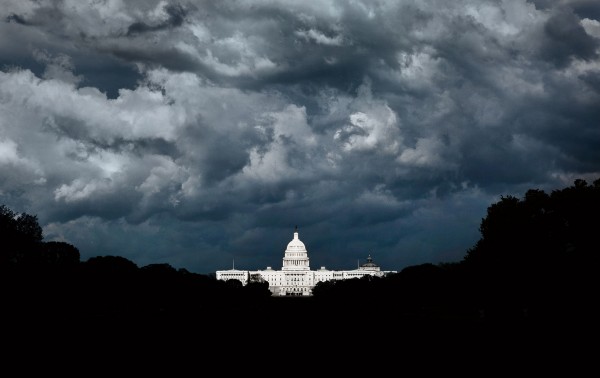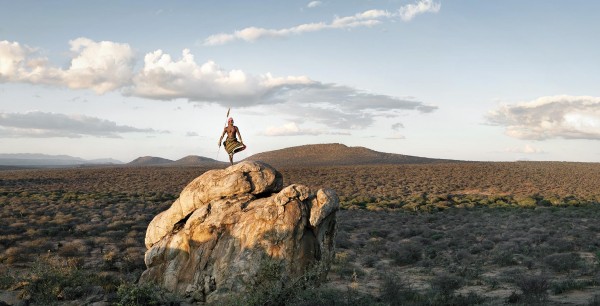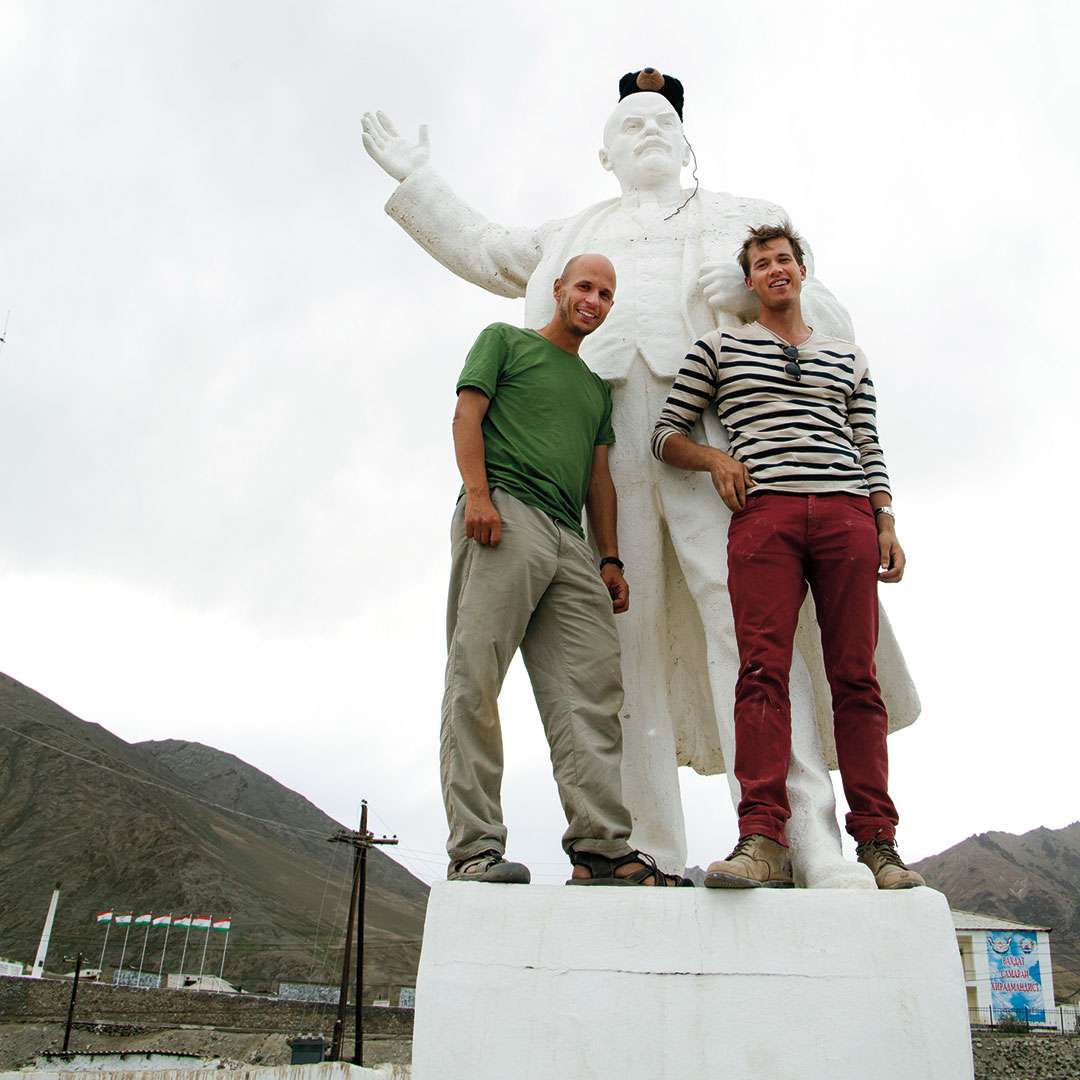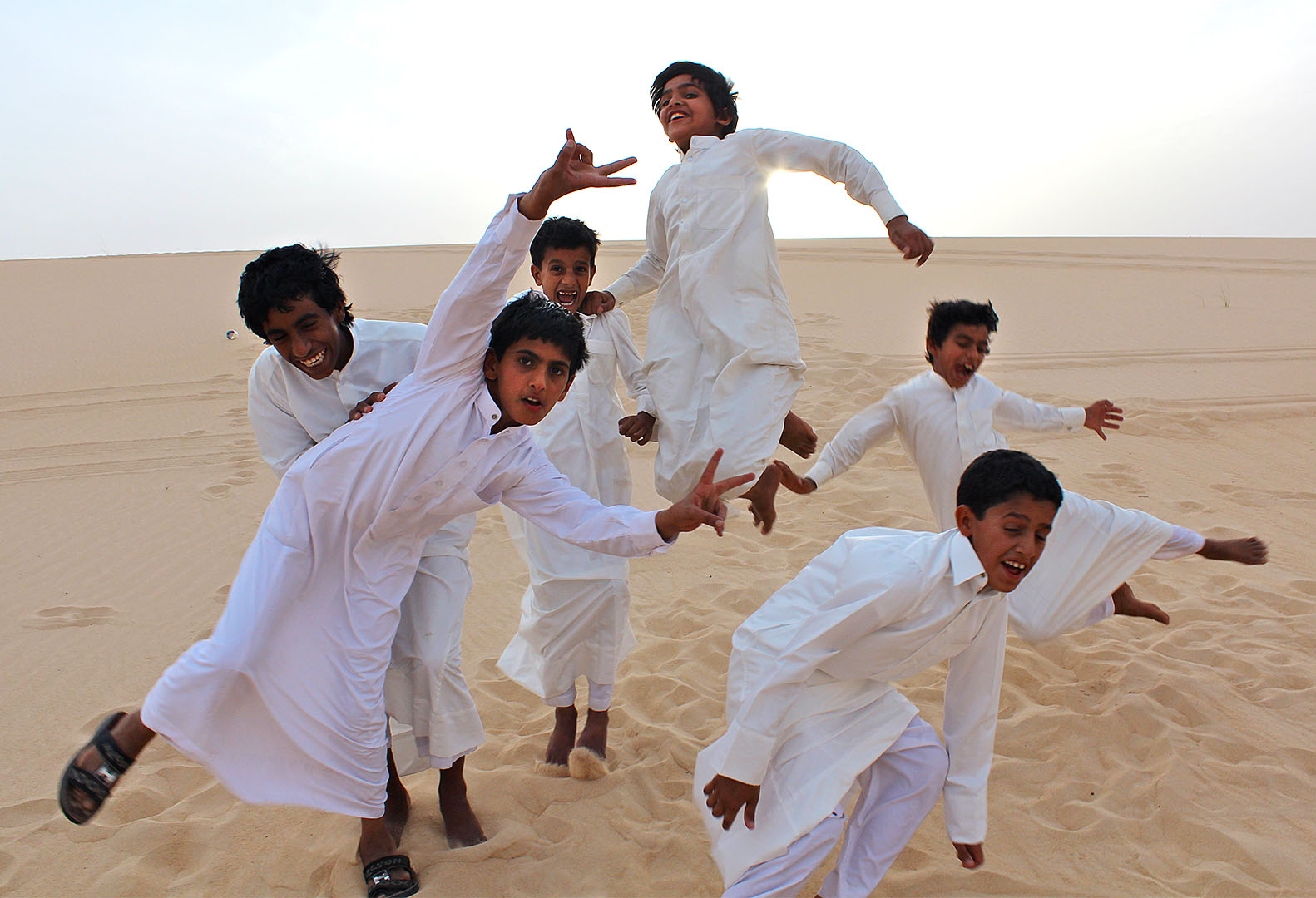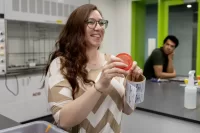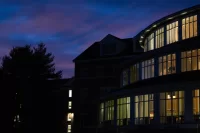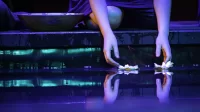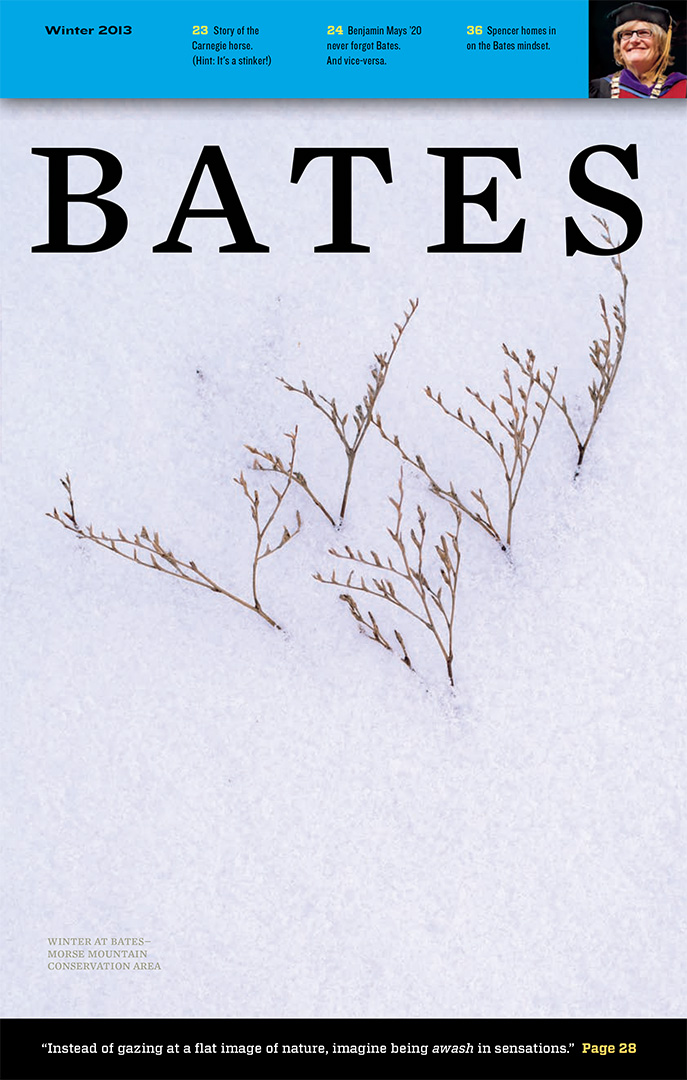
Alumni photographers Heffernan, Strada and Verhave share their vision
Photographers with a Vision
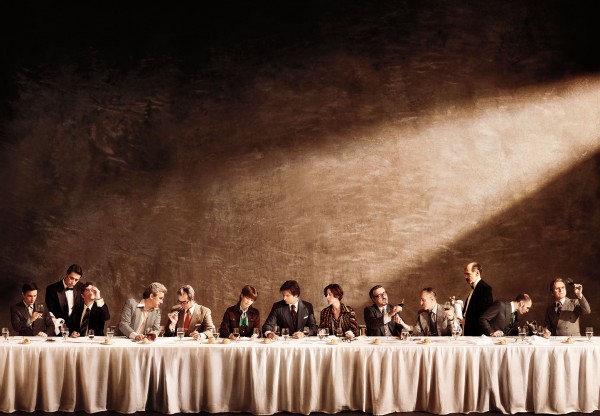
Alex Verhave ’05 photographed this photomural, “Judgment of Paris,” which recalls The Last Supper, to reference the famous 1976 French wine tasting won by California wines. The mural was created with Diller Scofidio + Renfro for the exhibition How Wine Became Modern: Design + Wine 1976 to Now, San Francisco Museum of Modern Art. Photograph by Alexander Verhave ’05.
Not every photographer has a vision. Not every photographer has a muse, or listens to one.
Not so with Alexandra Strada ’10, Ryan Heffernan ’05 and Alexander Verhave ’05. As with the best photographers, the urge to communicate through imagery is in their bones.
Responding to what calls to them, these emerging photographers have artfully gone beyond the basic documentary approach, using their talents to explore, filter and share images of their immediate and far-flung environments.
Whether storytelling for a client or creating poetry for themselves, Strada, Heffernan and Verhave show the lyrical power of still photography.
Take a look for yourself.
— Phyllis Graber Jensen
Alexander Verhave ’05
Major: Geology • Location: Brooklyn, N.Y.
“I’ve learned to look beyond the surface of my subject and focus on the details.”
Why did you become a photographer?
As a naturally quiet person, I’ve always felt I communicate better via a photograph than with words.
Who has influenced you?
Edward Weston, for his unique way of looking at sometimes-mundane objects and finding interesting shapes and hidden beauty.
How has your photography changed?
I’ve learned to look beyond the surface of my subject and focus on the details that reveal a more compelling story.
What’s an overused piece of camera equipment?
Zoom lenses. Using prime lenses forces you to move and explore the subject in a physical way.
How would you photograph a familiar subject like Hathorn Hall?
As a portrait series highlighting the diverse uses of the building — ending with a photo from the bell tower.
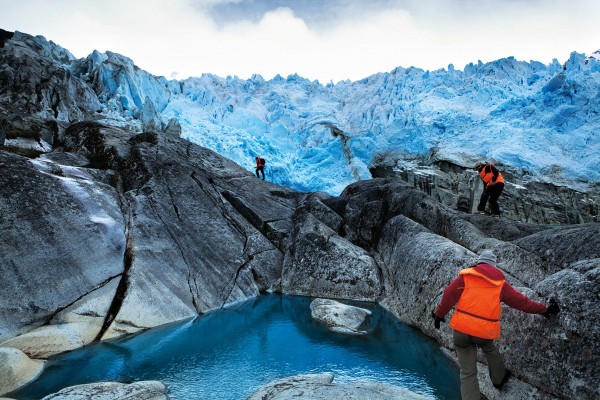
Los Leones Glacier, Chile, for Patagonia Sur, later published by Fortune. Photograph by Alexander Verhave ’05.
Alexandra Strada ’10
Major: Art and visual culture • Location: Brooklyn, N.Y.
“I see my photographs more as poems than works of nonfiction.”
Why did you become a photographer?
I was given my first camera when I was 13 and immediately was enamored.
Who has been the greatest influence on your work and why?
Mary Ellen Mark. I first met her at a conference for young photographers, and ultimately went on to assist and study with her for a time.
From my first viewing of her work when I was 14, I saw how photography could be a means to enter places I might otherwise not enter, and a way to interact with people I might otherwise not meet. I thought, “I want to do that.” Her photographs affect me the way a profound piece of fiction might: I learn intimately about the lives of others while facing realities about myself.
How has your photography changed since you left Bates?
At Bates, I was very interested in “truth” and had photojournalistic aspirations. Since then, I have come to realize that a photograph is not necessarily an expression of reality but more of a narrative or an impression. Consequently, I have become more playful in my approach to photographing. I see my photographs more as poems than works of nonfiction.
What is your dream assignment?
I am working on a series called “Observations on Recreation,” photographs about the colorful, sometimes nonsensical, ways we entertain ourselves. The project has led me to photograph at a vacation trailer camp and an international Boy Scouts jamboree. My dream assignment would give me the funding and the time to expand the project to places like Yosemite, Las Vegas and Asbury Park.
The following photographs are from the series “Observations on Recreation,” taken during Strada’s visits to Iceland over the last two years, including her Gullkistan Residency in Laugarvatn in 2012. “The photographs are about the colorful, sometimes nonsensical, ways we entertain ourselves,” Strada says.
Ryan Heffernan ’05
Major: Art and visual culture • Location: Santa Fe, N.M.
“The days of walking around Havana or Lewiston shooting film and processing it in the darkroom are long gone.”
Why did you become a photographer?
Short Term, freshman year, I ended up in Cuba for an anthropology class but spent all waking hours making photographs. After that I tailored my study abroad experience in Spain and Argentina around photography and was off to the races.
Who has been the greatest influence on your work and why?
There are two: my father, who is a professional photographer and has always been an incredibly supportive and constructive critic; and spending time outdoors, which gave me the inspirational environments that solidified my passion for photography.
How has your photography changed since you left Bates?
The days of walking around Havana or Lewiston shooting film and processing it in the darkroom are long gone. However, that documentary experience taught me the power of telling visual stories with images that make a lasting impact. Ultimately, that’s a quality that both editorial and commercial clients gravitate to.
What is the most overrated or overused piece of equipment?
A lot of the magic in photography these days comes from Photoshop, but heavy-handed and sloppy retouching techniques are definitely the most overused piece of “equipment” these days.
How would you go about photographing Hathorn Hall?
I’d use a remote-control helicopter camera unit to hover above the front of the building, aiming down at the columns and roof. Shooting at the very end of sunset, the Hathorn’s front would receive raking, saturated light — which emphasizes architectural details — leaving the roof and other surroundings in shadow.
With that wide-angle image as our background plate, in post-production we’d add glowing graphic mathematical equations stretched over the roof and sides of the building. It might be production overkill, but would tell the story of how this historic building is still relevant to teaching mathematics today.
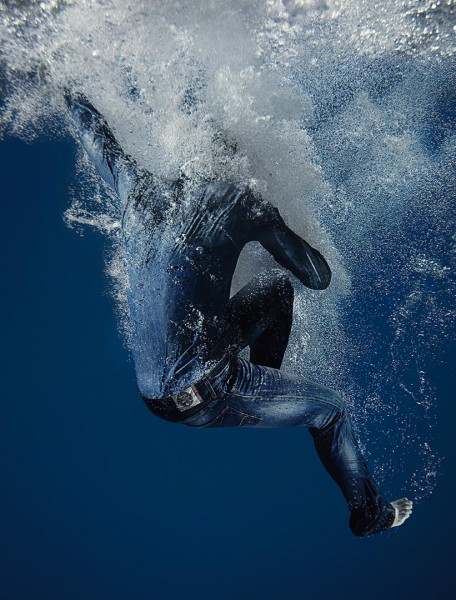
A model goes underwater in ecofriendly denim manufactured without water, for Agence Antidote, Paris. Photograph by Ryan Heffernan ’05.
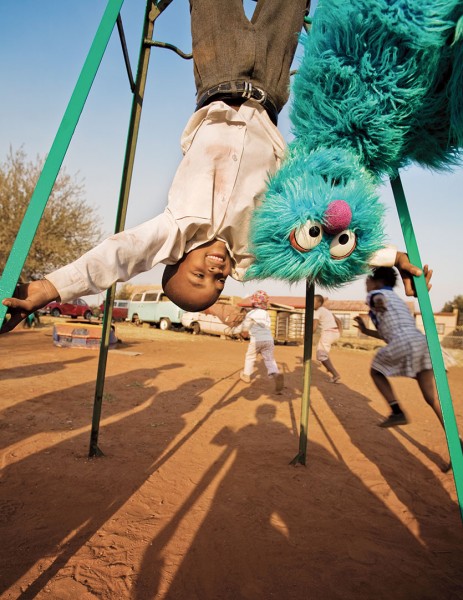
Child with Sesame Street character, Soweto, South Africa, for a Sesame Workshop report on international programs. Photograph by Ryan Heffernan ’05.
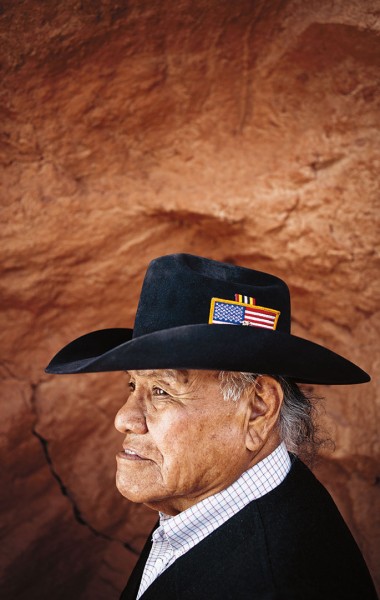
Apache elder who is leading efforts to save New Mexico’s Otero Mesa from mining development, for Sierra. Photograph by Ryan Heffernan ’05.
